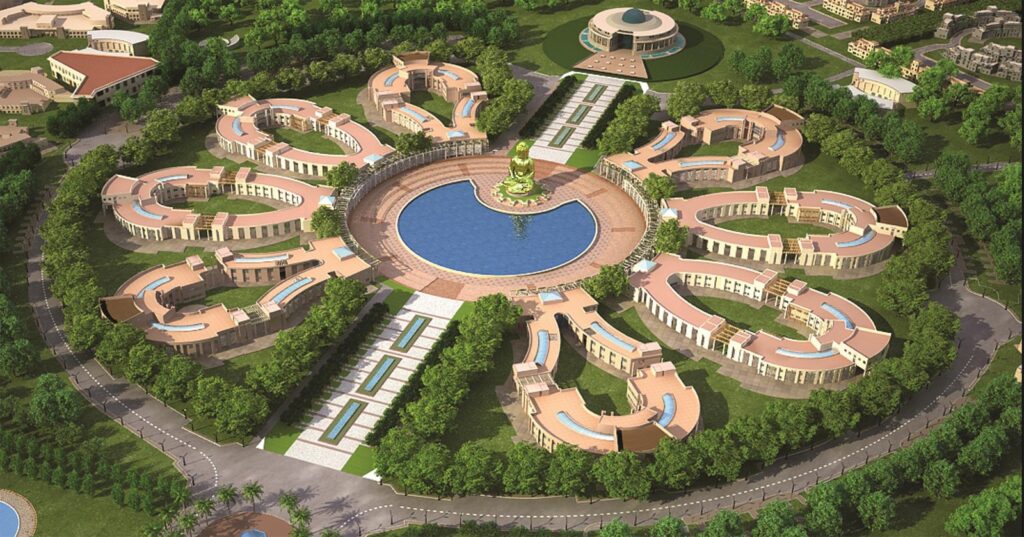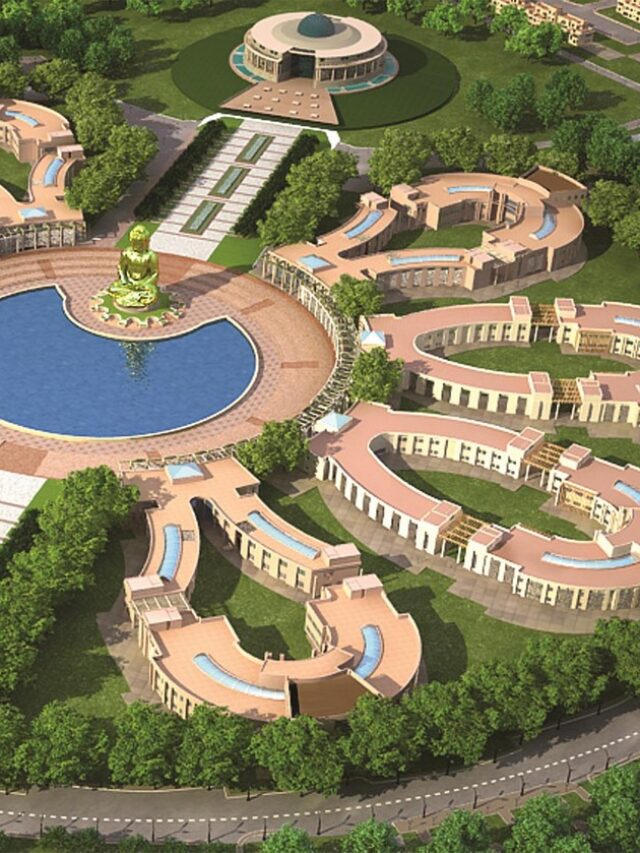Planned cities in India boast a delicate urban vision and intricate design, reflecting a blend of historical heritage and contemporary urban planning principles. These cities are meticulously laid out, often embodying a harmonious synthesis of architecture, infrastructure, and sustainable development practices. From the iconic grids of Chandigarh envisioned by Le Corbusier to the futuristic aspirations of cities like Lavasa, each planned city narrates a unique story of ambition, innovation, and the quest for an ideal urban habitat. As microcosms of urban experimentation, these cities not only offer insights into India’s evolving urban landscape but also serve as crucibles for addressing the complex challenges of urbanization in the 21st century. Let’s look at a few of them.
Chandigarh
Not long after India gained independence in 1947, the planned city of Chandigarh, the first of its kind, was established. Renowned Swiss-French architect Le Corbusier was the driving force behind this ambitious project, and its ground-breaking design fundamentally altered the direction of urban planning. With its abundance of shopping centres, multiplexes, and public parks, as well as its top-notch educational institutions and healthcare facilities, Chandigarh is on its way to becoming a ‘smart city.’
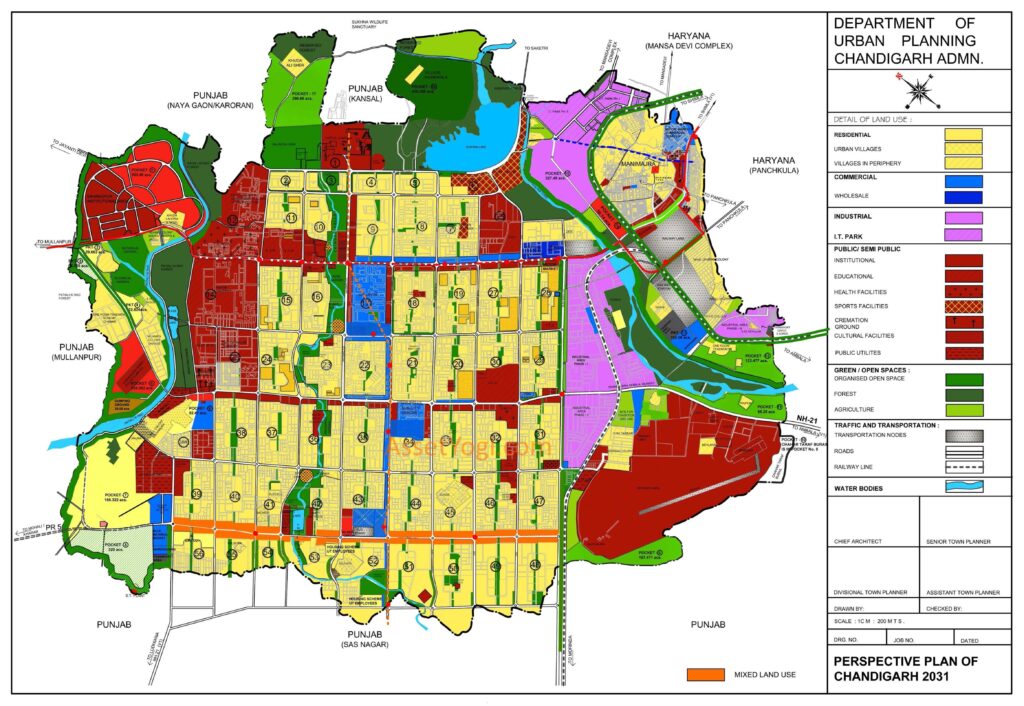
Chandigarh is laid out into 56 sections, each 800 square meters in size and furnished with all the modern amenities. It features an inexpensive multi-modal transportation infrastructure. The city is divided into well-planned sectors, effectively connected by 6-lane roads, each of which functions as a self-sufficient microcosm with a harmonious blend of commercial, residential, and recreational areas. Each sector has a park and a designated shopping area.
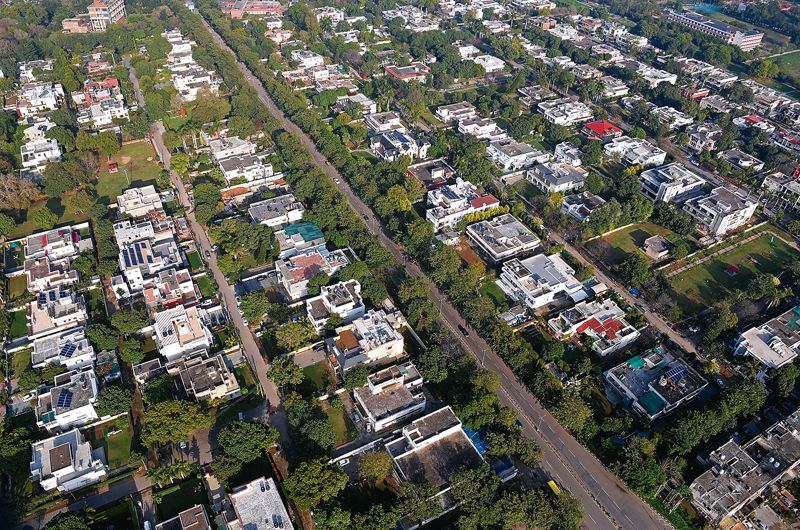
While the streets inside the sectors are narrow and only permit slower traffic, the streets running parallel to the roads are wide with narrow lanes for bicycle rickshaws and pedestrians. In addition to facilitating smooth transit, Chandigarh’s grid plan incorporates greenery into urban spaces, improving the quality of life. With its emphasis on green infrastructure, Chandigarh is demonstrating its commitment to sustainability and environmental preservation and is a model city for urban planning globally.
Gurugram
One of the many reasons Gurugram (formerly Gurgaon) is a thriving city is its creative approach to urban development. It is situated 268 km south of Chandigarh, the state capital, and 30 km south of New Delhi, the nation’s capital. It is a part of the National Capital Region (NCR). The city acts as Haryana’s industrial and financial hub. It has the third-highest per capita income in all of India. The city has successfully installed electrical connections in every home. Gurugram serves as the IT hub and centre for several BPO businesses.
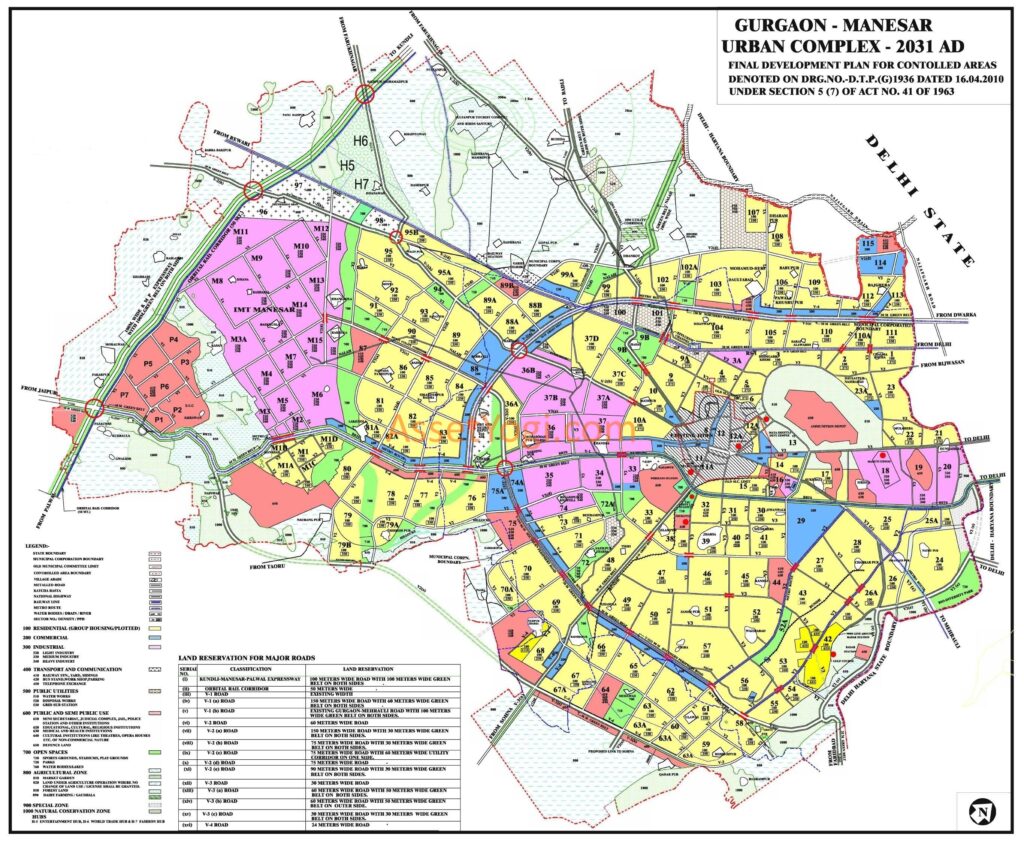
Parks and other green spaces are incorporated in Gurugram’s urban design, offering recreational space. ‘Medanta – The Medicity’ and ‘Fortis Memorial Research Institute’ are two of the most popular healthcare facilities. On the other hand, DLF CyberHub is a well-known dining, shopping, and entertainment complex. Gurugram’s development into a hub for manufacturing and processing has been largely attributed to the city’s corporate and industrial zones, such as Udyog Vihar and Manesar. The area’s growing diversity of population has led to the development of modern housing options and high-quality public services.
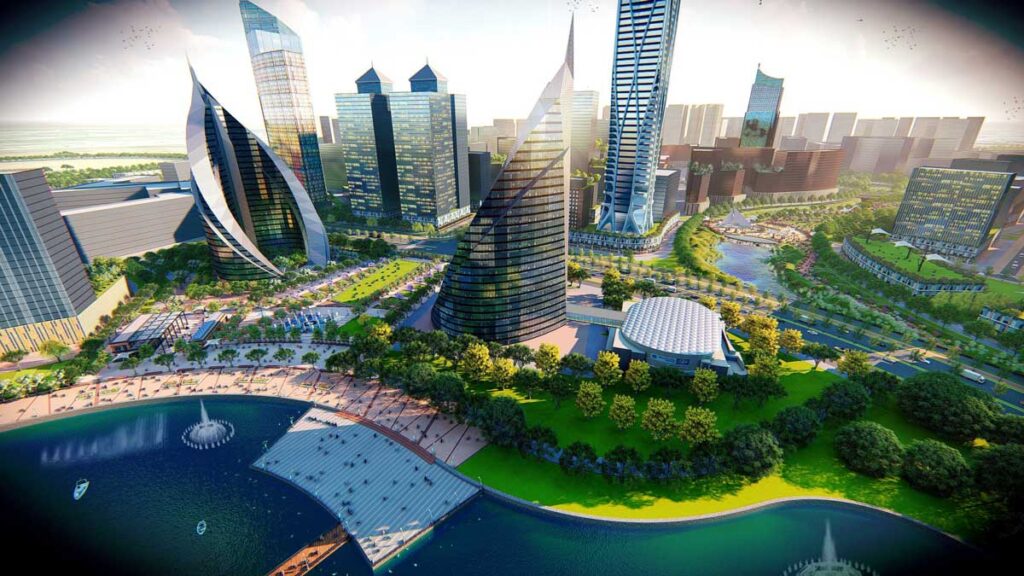
Noida
The Indian state of Uttar Pradesh boasts of the planned city of Noida, the acronym of the New Okhla Industrial Development Authority. It is situated in the Gautam Buddh Nagar district. It is a part of the NCR and a satellite city of Delhi. The city was founded in 1976. Noida’s layout resembles that of Chandigarh, with distinct zones set aside for banking and finance, media, sports and entertainment venues, IT, healthcare, and education.

Noida effectively amalgamates greenery with urban design; its roads are lined with trees and a green cover of about 50%; making it the greenest city in India. The Indian entertainment industry uses the city as a major filming location for numerous TV shows, movies, news channels, and other types of media. It is very well connected to the NCR via Metro.
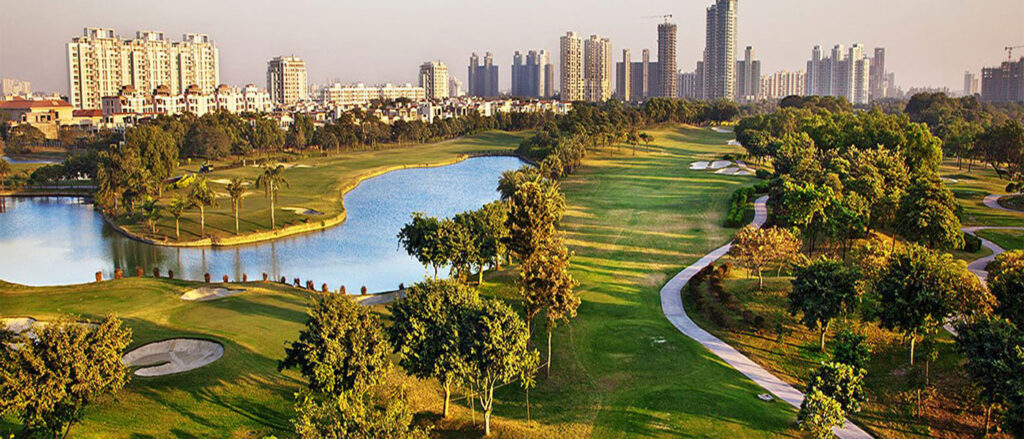
Bhubaneswar
The capital city of Odisha, Bhubaneswar, is a brilliant example of well-executed urban planning that combines its historic heritage with contemporary urban living. The city was planned by German architect Otto Koenigsberger and is known for its well-organized road system, effective public transportation, and interconnected system of parks and open spaces. The city’s urban design places a strong emphasis on connectivity and optimal land use, making it simple to navigate and effectively manage traffic.
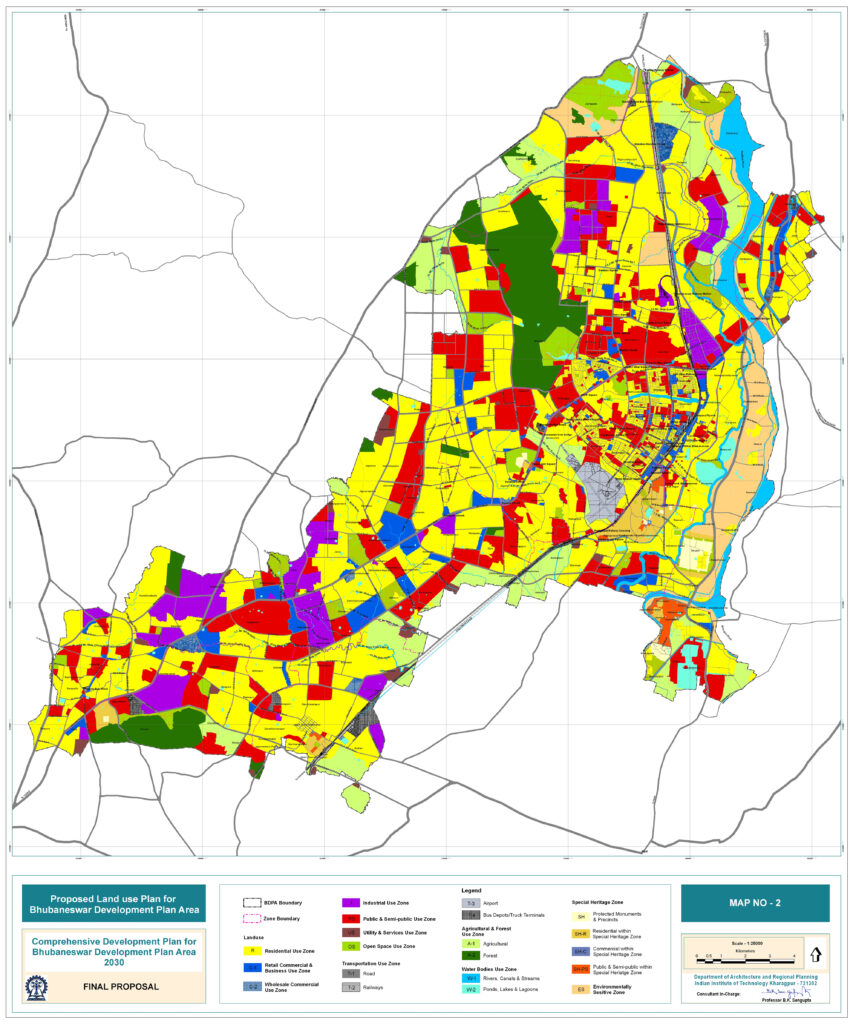
Furthermore, Bhubaneswar’s smart city initiatives use technology to improve digital connectivity, waste management, traffic control, and other aspects of urban living, establishing the city as a potential leader in sustainable and creative urban development. The city is known as India’s first planned smart city because of its emphasis on environmental sustainability and the preservation of historical sites. The Lingaraj Temple, a Hindu temple from the 7th century; Infocity, a centre for BPO and IT firms; and Nandankanan Zoological Park are some of the main attractions of Bhubaneswar.

Madurai
Madurai got its name from the Tamil word ‘mathuram,’ which translates to ‘sweetness.’ The city, located in Tamil Nadu, is situated on the banks of the Vaigai River. It is the administrative centre of the Madurai district, the cultural centre of Tamil Nadu, and the third-largest city in the state. It is constructed around the ‘Meenakshi Amman Temple,’ which acts as Madurai’s ceremonial and geographic centre. The city was planned using the urban planning guidelines established by the Shilpa Shastras. There are many historical sites in the city, but the ‘Meenakshi Temple’ and the ‘Tirumalai Nayak Palace’ are the most well-known.
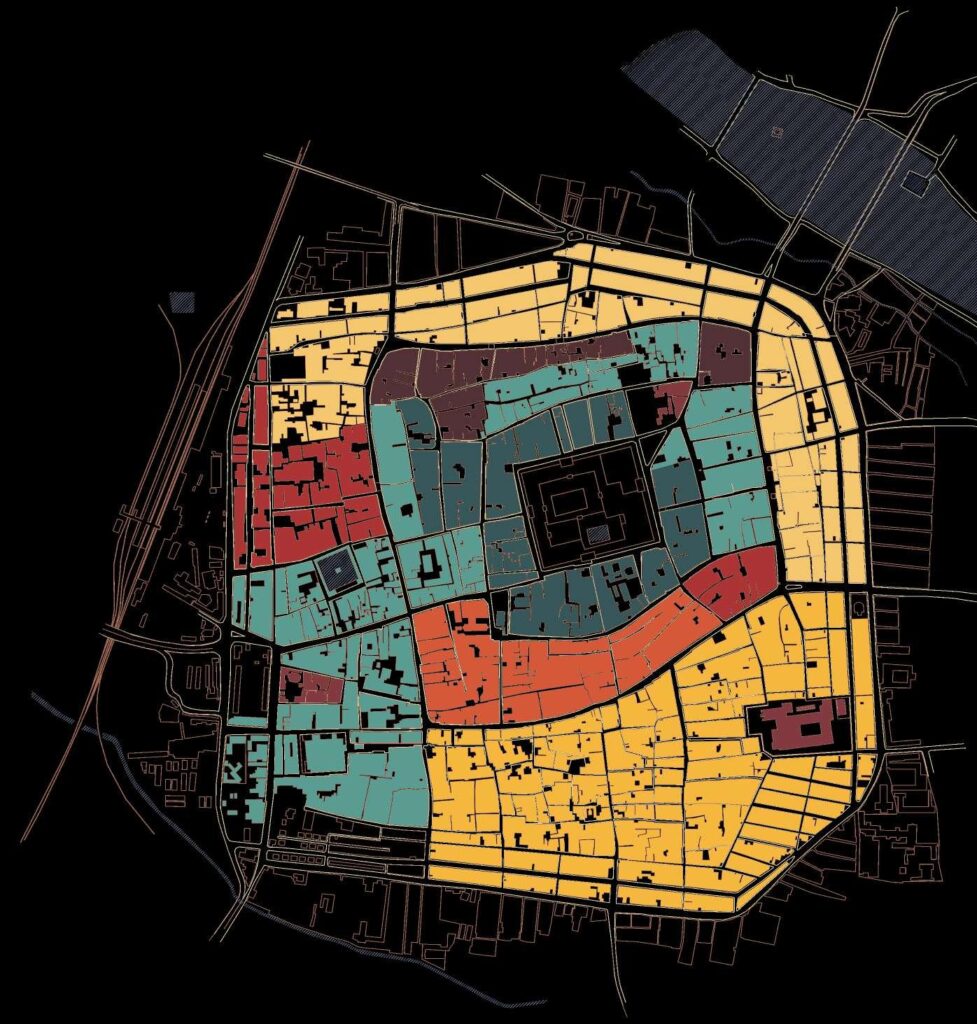
Madurai is southern Tamil Nadu’s major industrial and educational hub. It is home to numerous cars, rubber, chemicals, and granite-producing industries. Important government educational institutions are also located in the city. It is extremely well connected via roadways, with many national highways and state highways passing through the city.
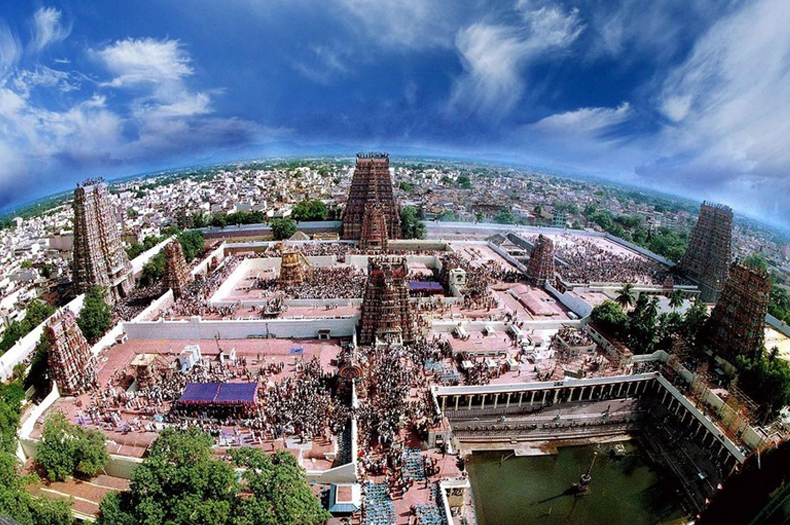
Jamshedpur
Established by the late industrialist Jamshedji Tata, Jamshedpur’s layout exhibits a smooth fusion of business and residential areas. The well-organized residential areas in the city, strategically arranged housing and other amenities to ensure optimal land use and convenience. In addition, the city has large parks and green areas in the middle of the busy cityscape. Jamshedpur’s urban design incorporates top-notch amenities including recreational spaces, medical facilities, and educational institutions. The majority of the city is well-planned, featuring public recreation areas like Dalma Hills and Jubilee Park, as well as excellent roads, a dense forest, clean water, constant electricity, and a wildlife sanctuary.

Located at the southern tip of Jharkhand, Jamshedpur is also known by its colloquial name, Tatanagar. Jamshedji Tata’s dream of a magnificent city and a steel plant led to the founding of Tata Steel, India’s first iron and steel company. It is the only city in India without a municipal corporation due to the approach Tata Group took to build, develop, and expand the city. The city of Jamshedpur was constructed around its first steel plant, which functioned as its foundation in the absence of a municipal corporation. Popular healthcare facilities, entertainment venues, and educational institutions make Tata’s Jamshedpur one of the best-planned cities in the world.
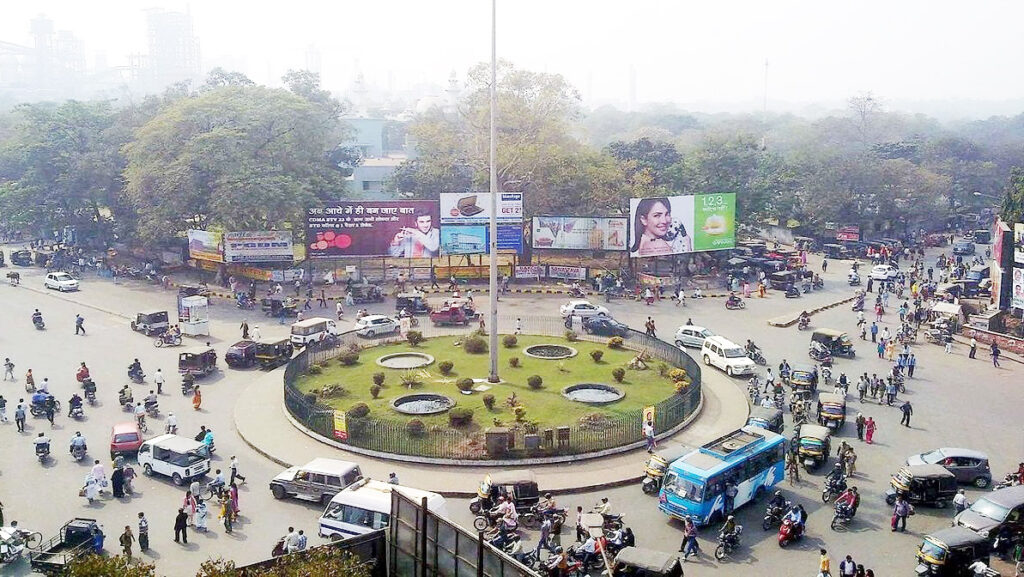
Kochi
Kochi or Cochin, is a prime example of urban planning that successfully blends modern conveniences with the city’s rich past. The city’s location at the picturesque backwaters has a significant impact on its planning. Kochi’s urban design focuses on parks and other public spaces, right in the middle of the city’s hustle and bustle. The city’s well-developed road and public transportation networks make it easy for both residents and visitors to get around.
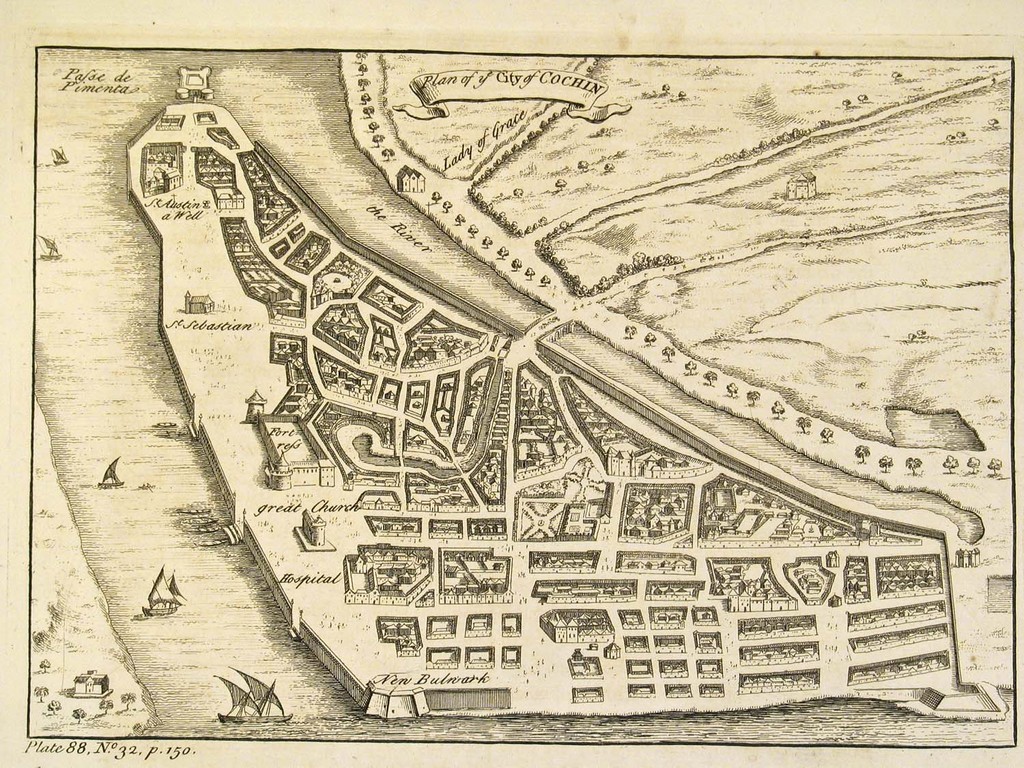
Kochi’s meticulous planning and design make clear its dedication to preserving its historic buildings and cultural heritage. Travelers from all over the world are drawn to this intriguing fusion of modern and historic architecture. Kochi’s efforts to create smart cities demonstrate the city’s commitment to using technology to expedite procedures such as garbage collection and traffic control, which helps the city’s transition to more environmentally friendly urban development.
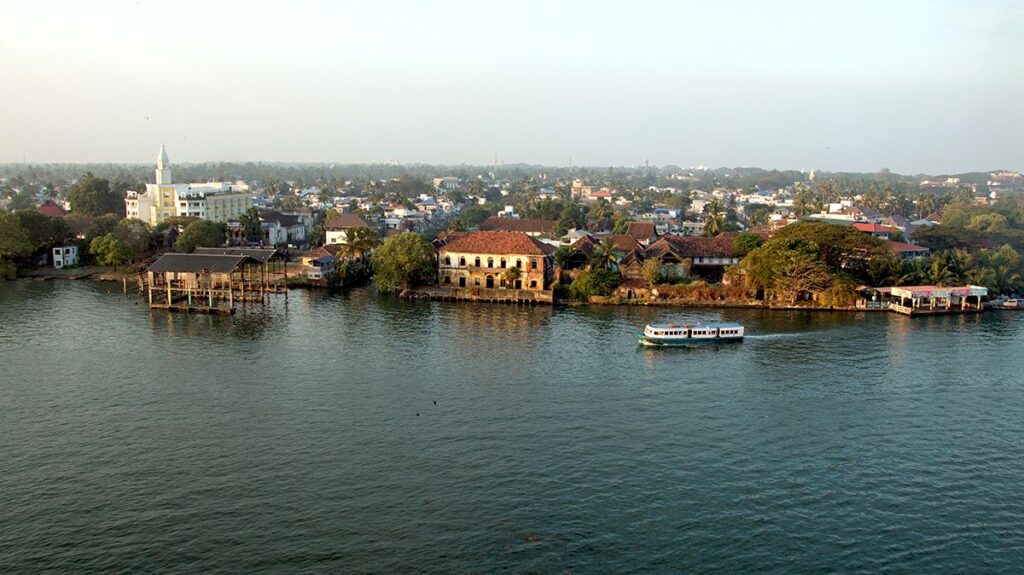
Lavasa
Lavasa is a well-planned private hill city in India which is fashioned after the quaint fishing village of Portofino, Italy. The imagined futuristic city is expected to be conventional, yet metropolitan, and linked to the natural world. It is predicated on the principles of ‘New Urbanism,’ an approach to urban planning that builds close-by pedestrian neighbourhoods, retail centres, and public areas to promote environmentally beneficial behaviours.
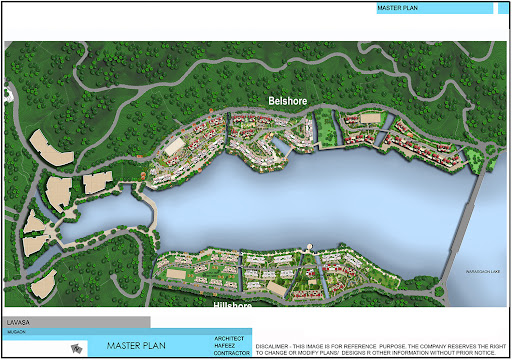
A portion of the land has been set aside for open space and vegetation to promote a pollution-free environment. The city serves a wide range of social classes. Lakefront apartments, villas, rental homes, and senior housing in 1, 2, and 3 BHK options are among the residences available at Lavasa. The atmosphere, the climate, the surrounding landscape, and the available entertainment all contribute to a better quality of life.
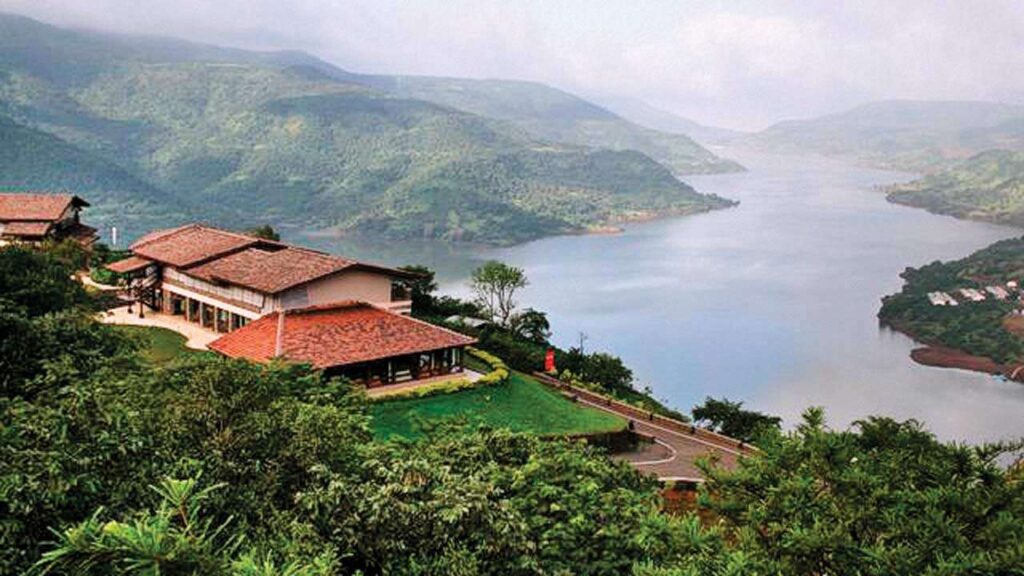
Navi Mumbai
The Mayer-Modak Committee’s 1948 post-independence development plan for Bombay proposed satellite towns to the north of Bombay. A township on the mainland across Thane Creek was proposed by the Barve committee ten years later. The Bombay Municipal Corporation (BMC) approved this proposal. This was the start of Navi Mumbai. Navi Mumbai has since expanded into a thriving metropolis renowned for its elegant architecture and profusion of parks. The city has a well-planned layout, which combines residential, commercial, and industrial zones to provide optimal land use and easy access. It promotes a clean and orderly urban environment and increases city efficiency. The CIDCO Exhibition Center, Palm Beach Road, and Kharghar Hills, a natural reserve area, are important features.

Navi Mumbai is situated in the Konkan division of Maharashtra. The state government established the Navi Mumbai Municipal Corporation (NMMC) on December 17, 1991, to preserve some of the developed Navi Mumbai nodes. Numerous educational institutes can be found in the city. The city is a bustling trading hub because it is home to several international companies. Recreational amenities include a golf course, Central Park, the Pandavakra Waterfalls, Kharghar, Parsik Hill, and more. With NMMT, the transport division of NMMC, the bus passenger service, the Mumbai suburban railway train passengers service, and a sizable fleet of auto rickshaws for intra-nodal disputes, the city boasts an excellent public transportation system.
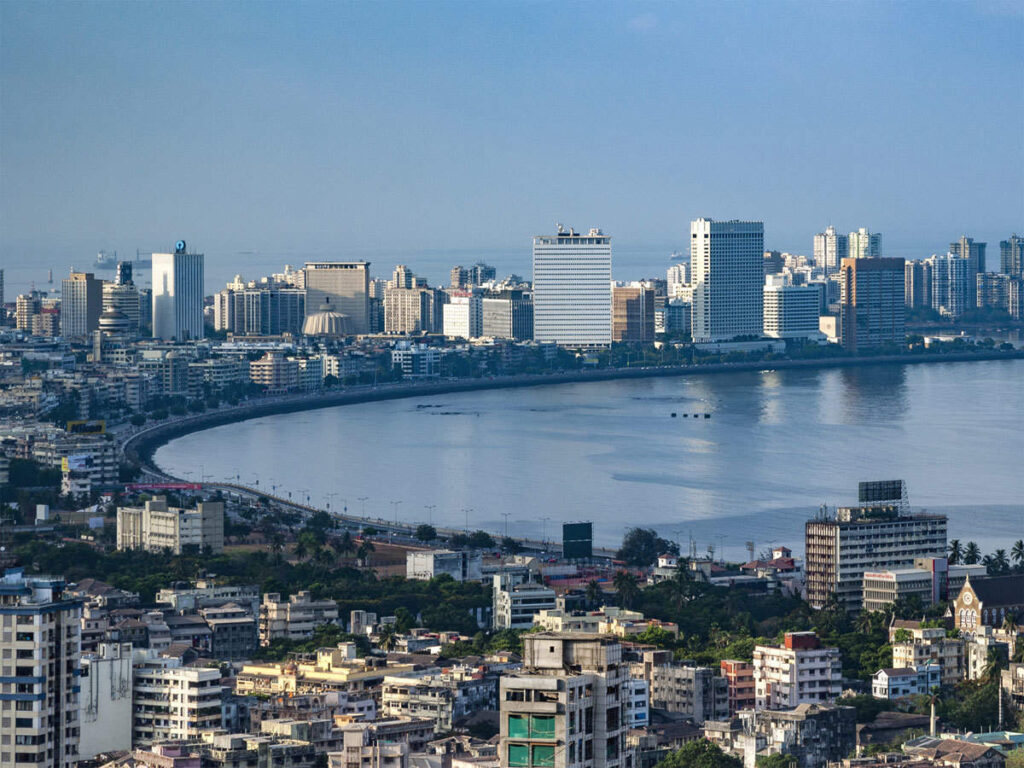
Gandhinagar
Gujarat’s capital, Gandhinagar was designed to replace Ahmedabad as the state capital. The city emphasises sizable, well-organized sectors with distinct functions—like residential, commercial, and educational. The planning has led to efficient use of land and easy mobility throughout the city. Another noteworthy feature of Gandhinagar is the abundance of parks and other green spaces, due to which it is often called ‘Green City.’

Gandhinagar is situated on the Sabarmati River’s western bank. The city was designed by H.K. Mewada and Prakash M. Apte, two architects who worked as apprentices to Le Corbusier on the Chandigarh project in the 1950s. The city experiences moderate traffic congestion due to its wide highways with service lanes. The city is not densely populated, and most of the surrounding area has not yet undergone industrialization, providing ample space for future development and planning. The real estate market has strengthened as a result of the ongoing development of social infrastructure.
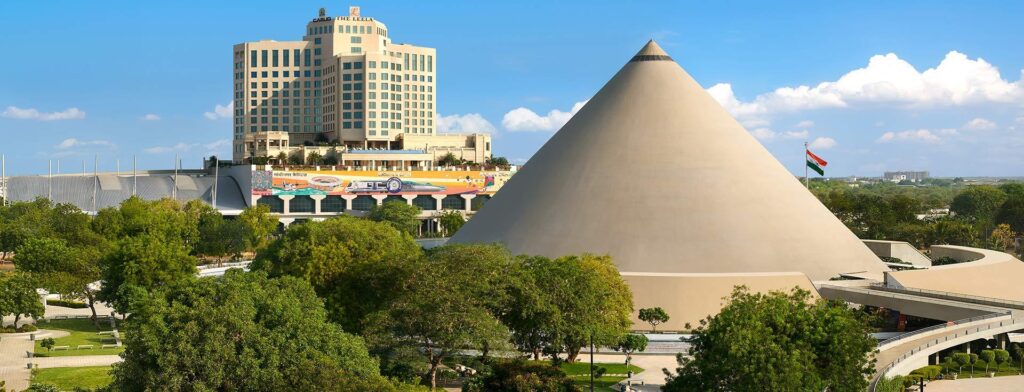
Gandhinagar is a model city for sustainable urban development because of its extensive network of bicycle routes, well-connected road system, and effective waste management systems. The city is renowned for its research facilities, educational institutions, and booming industrial sectors. With its focus on eco-friendly activities and renewable energy, the city demonstrates its dedication to environmental consciousness.
Image Courtesy – Rethinking The Future

